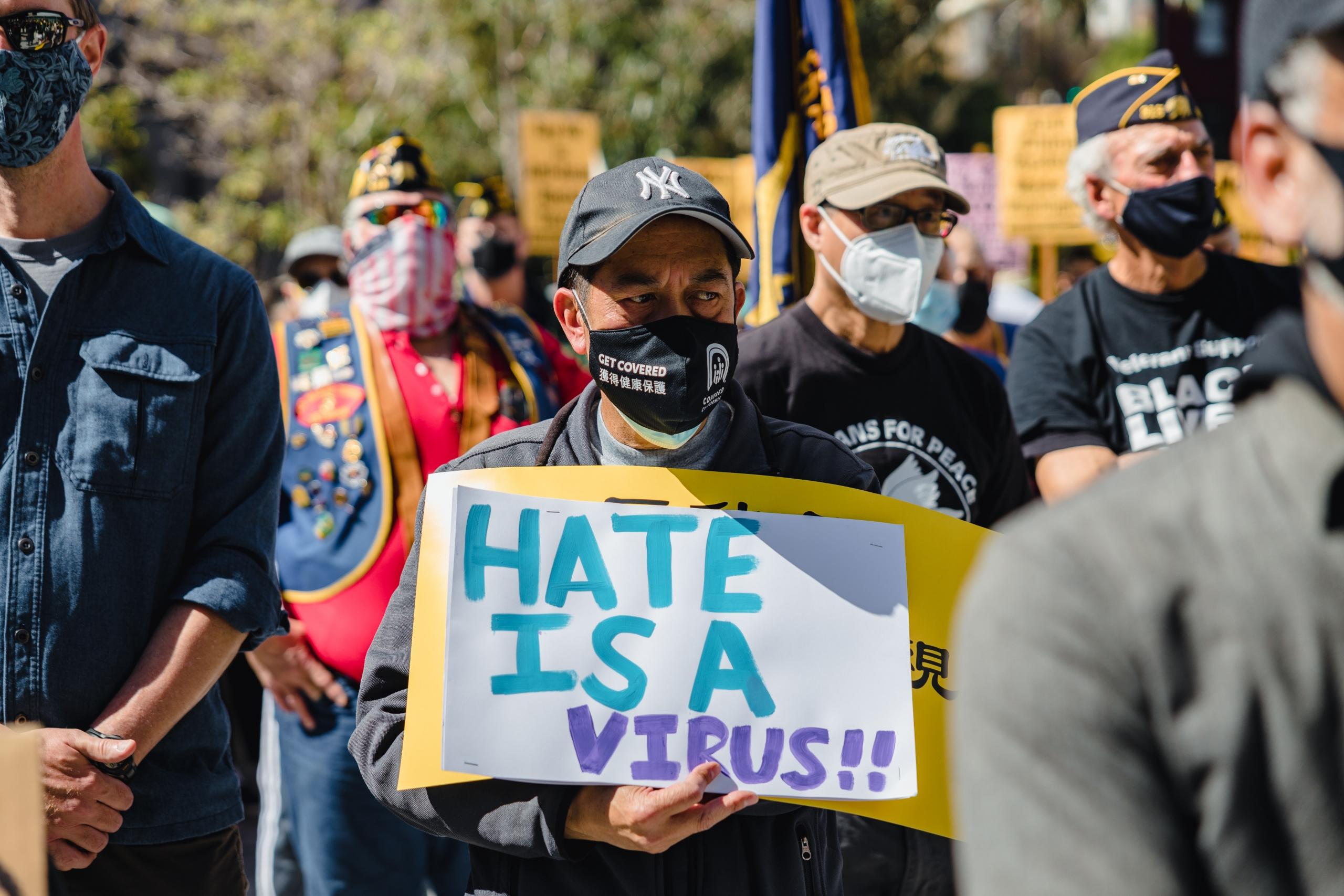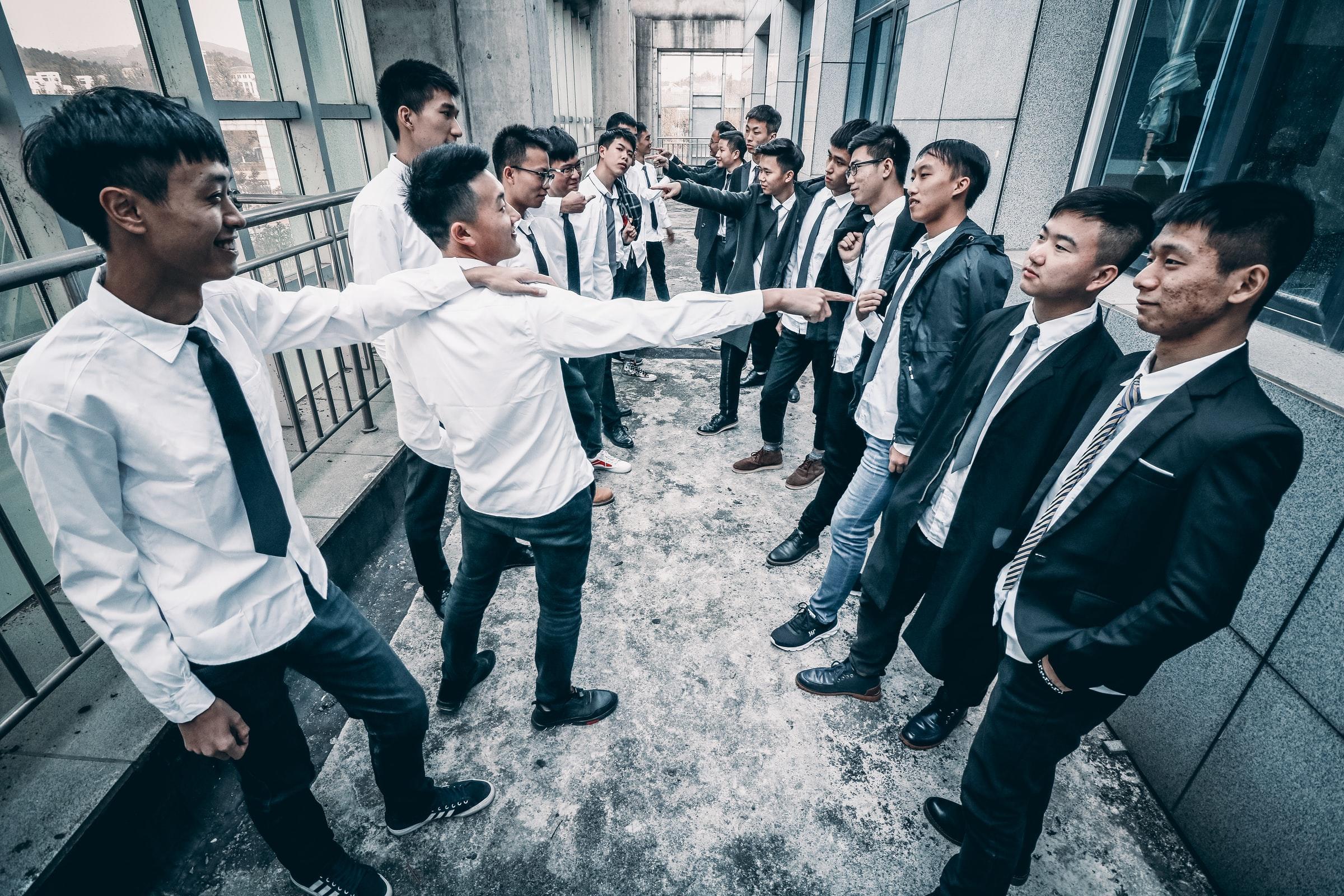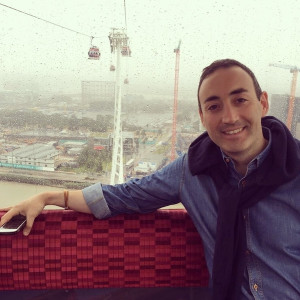You never look good trying to make someone else look bad.
Have you ever been the punchline to a joke? Have you ever dealt with verbal or physical abuse from classmates who think they are better than you? Do you ever feel left out and singled out as different in comparison to others? Have you ever received hate messages in your DMs or hurtful comments on your pictures? If so, you're definitely not alone.
According to recent statistics, one in every four students in the United Kingdom has dealt with bullying in the last year, and 77% of victims believe that it has caused severe harm to their mental health. Victims of bullying are school students of all ages from primary to secondary levels.
Though many programs have been implemented and various campaigns have been conducted to stop bullying, it's sad that it persists across all schools in cities across the UK and other parts of the world. Also, it's worth mentioning that bullying isn't just common at schools but in the workplace and the family. So, what can be done?
One of the best ways to stop or reduce bullying is to continue raising awareness and instructing children and teens about the various types of bullying that exist and how they can steer clear of it.
Therefore, without further delay, in today's article, we shall consider the forms of bullying that are present in 21st-century schools and that youths may experience.

What is Bullying?

While it's definitely not the most joyful subject to talk about, bullying must be addressed. Parents have the requirement of helping their children become aware of bullying and stand up to bullies. But, what exactly is bullying?
The simplest definition of bullying is seeking to harm, hurt, intimidate, or coerce someone deemed weaker physically or socially. Bullying is designed to make others feel bad about themselves so that the bully can feel better themself.
It's worth saying that bullying spreads like a virus and is extremely contagious. Victims of bullying can also become bullies since they feel hurt by the way they are treated and want to retaliate; a harmful chain of mistreatment is caused. Bullies can be of all ages, genders, races, and cultural backgrounds. Unfortunately, we all know a bully or a person who made or is making our life difficult.
Awareness of bullying needs to be raised so that it can be prevented because, sadly, it causes some of the negative side-effects mentioned below:
- Eating disorders,
- Self-harm,
- Suicidal thoughts,
- Depression,
- Anxiety,
- Low-self esteem,
- Trouble making friends,
- Changes in sleeping patterns,
- Feelings of sadness and loneliness.
Many of the previously mentioned consequences of bullying may take years for children and teenagers to heal. Therefore, albeit sad to mention to dark sides of human nature and how people treat other people, parents need to be realistic and talk to their children about bullying before it happens.
Being aware of what bullying is and the detrimental consequences is the best way to protect your child since they'll be better equipped to deal with it when it comes their way.
But, what are the types of bullying that children, teens, and adults face in the present day? Take a look at the following subheading to discover the answer!
The Most Common Types of Bullying Encountered in the School Environment
Like many other subjects, phenomena, and topics of interest, bullying has various subgenres defined as different types. Such as? Let's take a look at seven of the most common forms of bullying present in the UK's school system.
Physical Bullying
The most classic and easily recognisable form of bullying is physical intimidation. Children and teenagers are mostly active in physical bullying, and it occurs when persons use physical force to dominate their victims.
Physical bullies tend to be stronger and physically larger than their peers, so they use their strength to make other people weak.
Physical bullying consists of the following:
- Kicking,
- Hitting,
- Biting,
- Punching,
- Slapping,
- Hair pulling,
- Making threats.
Physical bullying not only hurts victims' bodies and leaves them with noticeable scars but also affects them emotionally.
Emotional Intimidation
Also known as relational aggression, emotional bullying is extremely harmful, yet parents or teachers often go unnoticed. Why's that? It involves manipulation and tends to be characterised by teens or children excluding their peers from doing things with others.
Emotional bullying may affect a child's social standing, and this can cause them to feel lonely, sad, and self-conscious.
Relational aggression involves spreading rumours, breaking confidences, and manipulating social situations to leave a person. Emotional bullies keep their social standing by treating others with disdain, controlling them, and keeping individuals lower than they are.
Verbal Bullying
It's worth stating that verbal bullying often goes hand in hand with physical bullying since this type of bully will use threats simultaneously as hurting someone physically. Verbal bullying is prevalent amongst primary school students since it involves persistent name-calling, teasing, and spreading rumours.
By name-calling, verbal bullies feel as if they have gained control over their victims. They use verbal abuse to belittle and demean people, making them feel worthless unlovable.
Verbal bullies will often choose persons who look different from those with physical needs as victims.
Sexual Bullying
Another disgusting and harmful type of bullying is sexual bullying. What does this involve? Sexual intimidation is unwanted physical contact or abusive comments. A bully targets a person sexually by making demeaning comments about their physical appearance, sexual development, or sexual activity.
Some examples of sexual bullying include the following:
- Sexual name-calling,
- Crude comments,
- Vulgar gestures directed at a person,
- Unsolicited touching of private areas.
Sexual bullying tends to occur during secondary school when teens are going through puberty and are insecure about their bodies. It's important to state that sexual bullying can lead to sexual abuse in later years if not controlled when young.
Cyberbullying

For those who haven't experienced it, the question may arise, what is cyberbullying? Although technology has many positive features such as providing us with various types of helpful information in a matter of seconds and the opportunity to communicate with our friends and family who are far away, there are some negative aspects. Such as?
Many contribute the factors of cancel culture, intense criticism, and the overly critical society of today to technology and social media. Computers, smartphones, and tablets with internet access have made it much easier to spread harmful information about someone and post negative comments on someone's social media feed. This is known as cyberbullying.
Cyberbullying can be defined as torment, harassment, humiliation, or embarrassment by a group of teens or a single person who uses electronic means such as email, social media, chat rooms, instant messaging, and texting.
Because of technology and the fact that kids now have access to computers more than ever before, cyberbullying is a major concern for parents and teachers. Adults are often victims of cyberbullying, and it can lead to major mental health issues.
Racist Bullying
In many areas of the United Kingdom where citizens may not be used to living in unity with persons of other races, there may be a lot of racist bullying in schools against those from other countries.
Prejudicial bullying involves mocking people based on their culture, colour of skin, religion, and sexual orientation.
Racist bullying is extremely harmful at a young age in primary or secondary schools since it leads to forming adults who are racist and not inclusive of others. On many occasions, hate crimes start from children who are prejudicial bullies.
Prejudicial bullying may involve making racial slurs, making fun of the victim's cultural customs, and making offensive gestures. Those who are victims of racist bullying are singled out as different from others.
Helpful Tips for Students to Deal with Bullying Successful

To avoid any of the seven previously mentioned types of bullying, both parents and their children need to prepare themselves effectively to deal with bullies when the occasion arises. But, how? By following some helpful tips and trips that are sure to make a difference.
Without further ado, the following list highlights three suggestions to deal with bullying at school:
- Talk with Someone: if you're the victim of bullying, the first thing you should do is talk with someone you trust and share what you are going through. By telling someone about your bullying, you feel less alone, and they will provide you with practical advice to best deal with your situation. Also, don't be embarrassed because so many are dealing with bullying; it's not a touchy subject anymore!
- You're Not the Issue: the bully wants to make you feel that you're the problem and that you need to change; however, that couldn't be farther from the truth. In most cases, the bully needs to change and is unhappy with their life. So, never think that you're the issue.
- Find Healthy Ways to Deal with Stress: dealing with any form of bullying is extremely stressful and can prevent you from comfortably living your life; therefore, it's essential to find methods to manage your stress, such as exercising, spending time with good friends, and doing hobbies you enjoy. Keeping active will help you to focus on other things and not the school bully!
By following the previously mentioned tips, you set yourself up for success when dealing with a bully.
In conclusion, by discussing the distinct forms of bullying that are present in today's world, children and parents can be better prepared to deal with harmful intimidation and successfully teach their children not to bully other kids. Awareness and education are key to stopping bullying!















